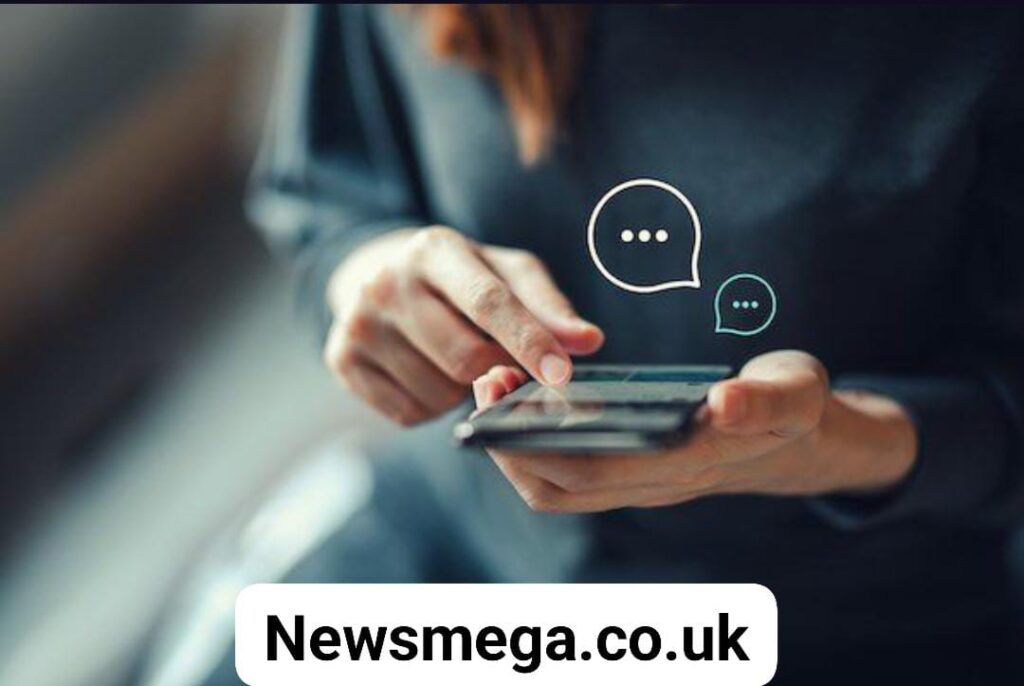In today’s interconnected world where communication is predominantly digital, receiving calls from unknown numbers is a common experience for many. The curiosity and sometimes concern sparked by these calls prompt individuals to seek methods to identify the caller and understand the purpose of the communication. The keyword “Who Called Me From This Number 2086386016” exemplifies this quest for clarity, highlighting the importance of caller identification services and methods to manage unknown calls effectively.
Understanding Caller Identification
Caller identification, commonly referred to as caller ID, is a foundational feature in telecommunications. It allows recipients of incoming calls to view the phone number of the caller before answering. This feature serves multiple purposes, including helping individuals screen calls, prioritize responses, and avoid potential scams or unwanted solicitations.
Caller ID systems work by transmitting the caller’s phone number along with the call signal to the recipient’s device. Depending on the service provider and device compatibility, additional information such as the caller’s name, location, or even a profile picture may be displayed if available in the recipient’s contacts or through online databases.
The Significance of “2086386016”
The specific phone number “2086386016” serves as a focal point in the inquiry into identifying the caller. When faced with an unknown number like “2086386016,” individuals often resort to various methods to uncover the identity and intent behind the call. This can include using online resources, smartphone apps, or contacting their telecom provider for assistance.
Methods to Identify Callers
When attempting to identify callers from unknown numbers like “2086386016,” several strategies can be employed:
- Online Reverse Phone Lookup: Websites and services dedicated to reverse phone lookup allow users to enter a phone number and retrieve information about the caller. These services may provide details such as the caller’s name, address, phone carrier, and sometimes additional information if available in their databases.
- Caller ID Apps: Smartphone applications such as Truecaller, Hiya, and CallerSmart utilize crowdsourced data and user contributions to identify incoming calls in real-time. These apps display information about the caller based on their database, which may include community-generated tags, spam detection, and user comments about the number.
- Telecom Operator Services: Some telecom operators offer services that allow users to find out who called from a specific number. This may involve dialing a service code or contacting customer service to request information about recent incoming calls to their number.
- Internet Search: Conducting an internet search using the phone number “2086386016” can sometimes yield results, particularly if the number has been associated with public listings, online directories, or social media profiles.
Advantages of Knowing Who Called
Understanding who called from a specific number such as “2086386016” offers several advantages:
- Security: By identifying callers, users can distinguish legitimate calls from potential scams or fraudulent activities, thereby enhancing their communication security.
- Efficiency: Knowing the caller’s identity allows users to prioritize important calls and manage their time effectively by responding promptly to relevant communications.
- Decision-making: Caller identification empowers users to make informed decisions about whether to answer a call, return a missed call, or block unwanted numbers based on the displayed information.
Challenges and Considerations
While caller identification provides valuable benefits, there are challenges and considerations to keep in mind:
- Privacy: Caller identification systems must comply with privacy regulations governing the collection, storage, and use of personal information. Users should be aware of their rights regarding the handling of caller data by service providers.
- Accuracy: Information retrieved from reverse phone lookup services or caller ID apps may vary in accuracy depending on the sources and availability of data. Users should exercise caution and verify information from multiple sources if needed.
- Legal Compliance: Service providers offering caller identification services must adhere to legal requirements concerning telecommunications, consumer protection laws, and data privacy regulations.
Practical Tips for Managing Unknown Calls
Effectively managing unknown calls requires proactive strategies and awareness:
- Block Numbers: Utilize your smartphone’s blocking feature to prevent repeated calls from specific numbers like “2086386016” that you do not wish to engage with or find suspicious.
- Use Caller ID Features: Activate caller ID features on your smartphone to display incoming caller information and make informed decisions about answering calls based on the displayed information.
- Report Suspicious Activity: If you suspect a call is fraudulent or involves illegal activities, report it to relevant authorities, your telecom provider, or consumer protection agencies for investigation.
Case Studies and Real-life Examples
To illustrate the practical application of identifying callers, consider the following scenarios:
Case Study 1: Personal Experience
Sarah received multiple calls from “2086386016” but was unsure of the caller’s identity. Concerned about potential spam or fraud, she used a reverse phone lookup service and discovered that the calls were from a local service provider following up on a recent inquiry she had made about their services. With this information, Sarah felt reassured and promptly returned the call to discuss further.
Case Study 2: Business Use
John, a small business owner, missed a call from “2086386016” during a busy workday. Recognizing the importance of every potential client, he used a caller ID app on his smartphone to identify the caller as a prospective customer interested in his services. John returned the call promptly, resulting in a successful business inquiry and potential new client acquisition.
The Evolution of Caller Identification
Caller identification has evolved significantly since its inception, adapting to technological advancements and user preferences:
Historical Development: Caller ID traces its origins to the early 1980s when telephone companies began experimenting with technologies to display calling party information on customer premises equipment (CPE). Initially, the service primarily provided the phone number of the incoming caller, allowing recipients to decide whether to answer based on the displayed information.
Technological Advancements: Over the years, advancements in telecommunications technology have expanded the capabilities of caller identification. Modern systems not only display phone numbers but also integrate with online databases, social media platforms, and crowd-sourced data to provide additional information about callers, such as their name, location, and even social profiles in some cases.
Integration with Mobile Devices: The proliferation of smartphones has further revolutionized caller identification by leveraging internet connectivity and app ecosystems. Mobile applications like Truecaller and Hiya utilize real-time data and community contributions to identify incoming calls, offering users comprehensive information about unknown numbers before they decide to answer.
Legal and Privacy Considerations
The implementation of caller identification technologies raises important legal and privacy considerations that require careful attention from both service providers and users:
Privacy Regulations: Caller identification systems must adhere to privacy regulations governing the collection, storage, and dissemination of personal information. In many jurisdictions, regulations such as the European Union’s General Data Protection Regulation (GDPR) impose strict guidelines on the handling of caller data to protect user privacy rights.
Caller ID Spoofing: One challenge associated with caller identification is spoofing, where callers deliberately falsify their caller ID information to disguise their identity or impersonate legitimate entities. Spoofing undermines the reliability of caller identification systems and poses risks to users who may unknowingly engage with malicious actors.
Legal Compliance: Service providers offering caller identification services must ensure compliance with applicable laws and regulations governing telecommunications, consumer protection, and data privacy. Failure to comply with these legal requirements can result in regulatory penalties and reputational damage for the provider.

User Consent and Transparency: Users should be informed about how caller identification systems operate, including the sources of data used for caller identification and their rights regarding the handling of their personal information. Transparent communication and obtaining user consent are essential practices for promoting trust and compliance with privacy regulations.
Future Trends in Caller Identification
Looking ahead, several emerging trends are poised to shape the future landscape of caller identification and its integration into broader communication ecosystems:
Enhanced Data Analytics: The integration of artificial intelligence (AI) and machine learning algorithms promises to enhance the accuracy and predictive capabilities of caller identification systems. By analyzing patterns in caller behavior and data trends, advanced analytics can improve the reliability of caller identification and enable proactive identification of potential risks.
Integration with VoIP and Messaging Platforms: As communication increasingly shifts towards internet-based platforms such as Voice over Internet Protocol (VoIP) and messaging apps, caller identification systems are expected to integrate seamlessly with these platforms. Unified caller identification across multiple communication channels can provide users with consistent information and enhance overall communication efficiency.
Blockchain Technology: Blockchain technology offers potential solutions to address challenges such as caller ID spoofing and data security in caller identification systems. By leveraging blockchain’s immutable ledger and cryptographic mechanisms, providers can establish a trustworthy and tamper-resistant system for verifying caller identities and securing caller information.
Enhanced User Control and Customization: Future caller identification systems may empower users with greater control over their caller identification preferences and settings. Features such as customizable blocking lists, personalized caller profiles, and granular privacy controls can offer users flexibility in managing their communication preferences and protecting their privacy.
Conclusion
The phone number “2086386016” represents more than just a sequence of digits; it signifies a potential connection within the Idaho region. Understanding the context of area codes, the technology available for call tracing, and the importance of consumer protections can empower individuals to manage their communication experiences effectively.
By leveraging modern tools, verifying caller identities, and staying informed about legal protections, users can navigate calls from unknown numbers with confidence and security. Whether it’s responding to a business inquiry, engaging with a personal contact, or safeguarding against potential scams, informed decision-making enhances communication integrity.
Also read this; Dialing Code 01704 Telecommunications Landscape
FAQs About 2086386016
Q1: What is the significance of the phone number 2086386016?
The phone number “2086386016” includes the area code “208,” which is associated with the state of Idaho, USA. This number can originate from any part of Idaho, indicating various potential sources such as businesses, personal contacts, or telemarketing.
Q2: How can I trace the origin of the phone number 2086386016?
You can use reverse lookup services, caller ID features on your smartphone, and third-party apps like Truecaller or Hiya to trace the origin of the phone number “2086386016.”
Q3: What should I do if I receive a call from 2086386016?
If you receive a call from “2086386016,” consider screening the call by letting it go to voicemail. Verify the caller’s identity if you answer, and use technology to identify the caller. Report any suspicious calls to your telecom provider and relevant authorities.
Q4: Can calls from 2086386016 be fraudulent?
Yes, calls from “2086386016” can potentially be fraudulent. It’s essential to exercise caution, verify the caller’s identity, and avoid sharing personal information unless you are confident in the legitimacy of the call.
Q5: How does the area code 208 relate to Idaho?
The area code “208” is designated for the entire state of Idaho, covering major cities and rural areas alike. It is used to identify phone numbers originating from within the state.
Q6: What legal protections exist against unwanted calls in the US?
In the US, the FCC enforces regulations to protect consumers from unwanted and fraudulent calls. The National Do Not Call Registry allows individuals to opt-out of receiving telemarketing calls, enhancing consumer privacy.
Q7: How can I block calls from 2086386016 on my smartphone?
Most smartphones offer settings to block specific numbers. You can add “2086386016” to your blocked numbers list, preventing further communication from that number. Third-party apps also provide call-blocking features.
Q8: What are the common reasons for receiving calls from unknown numbers?
Common reasons for receiving calls from unknown numbers include business communications, personal contacts, telemarketing, scams, and official matters. Each scenario requires different handling and verification.
Q9: How can I protect myself from phone scams?
To protect yourself from phone scams, never share personal information over the phone unless you can verify the caller’s identity. Use call management tools, report suspicious calls, and stay informed about common scam tactics.
Q10: Why is it important to verify unknown callers?
Verifying unknown callers is important to ensure your safety and privacy. It helps prevent fraud, identify legitimate contacts, and manage your communication effectively.
Understanding the complexities of unknown numbers like “2086386016” and adopting proactive measures can significantly enhance your telecommunication experience. Whether you’re dealing with business calls, personal contacts, or potential scams, being informed and cautious is key to maintaining secure and effective communication.






